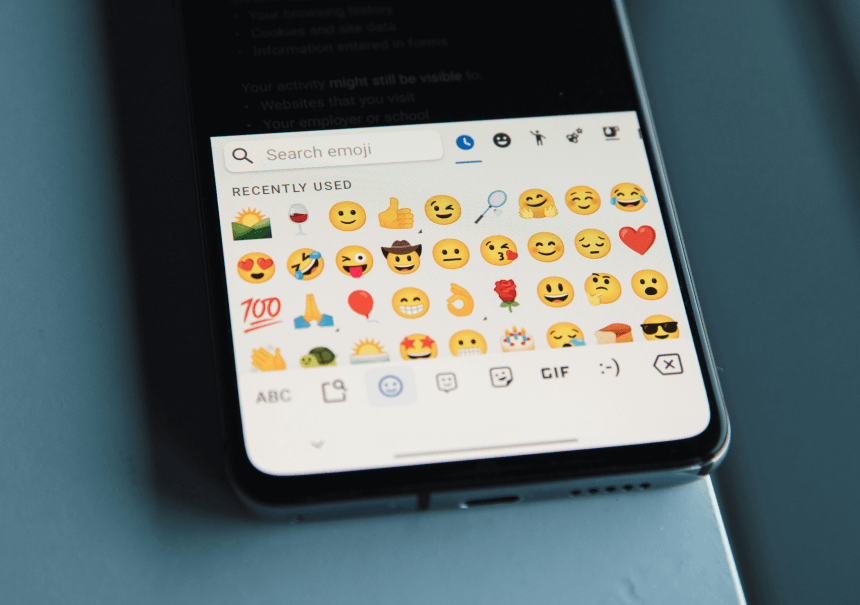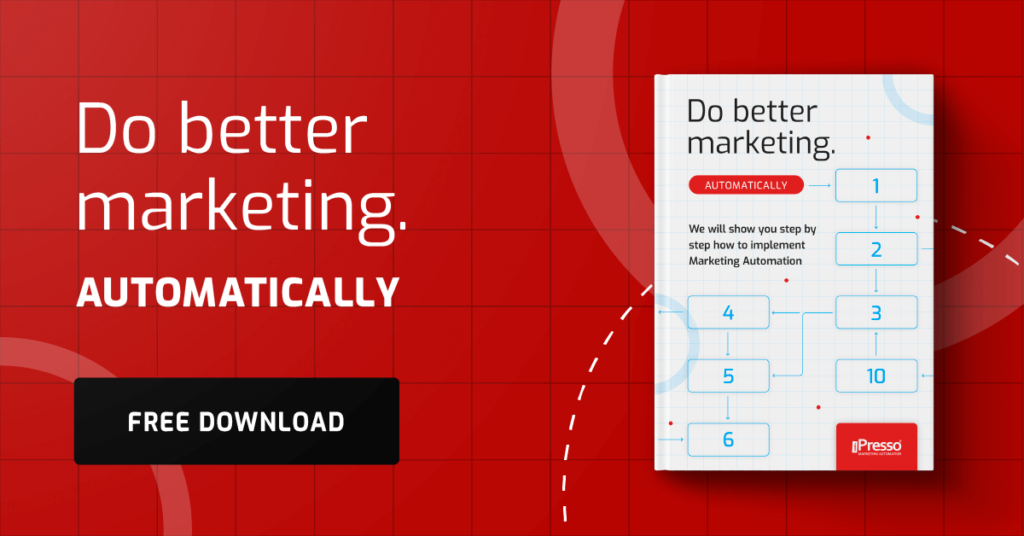What does WCAG 2.2 mean for e-commerce?

Do you know what the WCAG standard is? Until recently, it applied only to public institutions, but this will soon change. Are you prepared for it? As early as June 28, 2025, all online stores operating in the EU will have to comply with the WCAG standards at the AA level.
Why is the WCAG standard important?
WCAG stands for Web Content Accessibility Guidelines, a set of guidelines for web content accessibility. WCAG ensures that information and digital services are accessible to all users, including people with disabilities and seniors who, for example, have vision problems. By conforming to the WCAG guidelines, the quality of a website is improved, making it clearer and more intuitive.
What guidelines are included in WCAG 2.2?
The WCAG standard is based on 4 principles:
- perceivable – all information on the site must be provided in an understandable way. The site should be responsive, have subtitles and transcriptions for videos and descriptions for images.
- operable – the site must not contain unnecessary flickering elements (keeping in mind people with epilepsy). The user should be able to perform tasks using the keyboard (without using the mouse).
- understandable – content on the site should be written in simple language. The site should be divided into sections whose names will be understandable to the user.
- robust – the site must have clean HTML code and adapt to different operating systems and browsers. Users using assistive technologies, such as readers for the blind, should view content and take actions on the site without any obstacles.
There are 13 guidelines (the initial numbers indicate the principle to which the guideline is assigned – 1.X belongs to perceivable, 2.X to operable, 3.X to understandable and 4.X to robust):
- 1.1 Text alternatives
- 1.2 Time-based Media
- 1.3 Adaptable
- 1.4 Distinguishable
- 2.1 Keyboard Accessible
- 2.2 Enough Time
- 2.3 Seizures
- 2.4 Navigable
- 2.5 Input Modalities
- 3.1 Readable
- 3.2 Predictable
- 3.3 Input Assistance
- 4.1 Compatible
For each guideline, there are success criteria at three levels of compatibility – in WCAG 2.2, some updates have been made (including the removal of 1 success criterion) and the addition of 9 success criteria.
What elements to pay attention to – WCAG levels of conformance
The success criteria in WCAG are divided into three levels of conformance:
- Level A is the least restrictive. These are the minimum requirements for a site to be WCAG compliant.
- Level AA is the most commonly required level of compliance – it includes additional criteria to Level A, such as using proper color contrast or having a responsive site.
- Level AAA is the most restrictive. It includes more than 70 success criteria, and can be used by companies that want to create sites dedicated to users with disabilities and the elderly.
Here are the new success criteria that appear in WCAG 2.2:
- 2.4.11 Focus Not Obscured (Minimum) (AA) – the element to which we move the focus must be at least partially visible.
- 2.4.12 Focus Not Obscured (Enhanced) (AAA) – the element to which we move focus must be all visible.
- 2.4.13 Focus Appearance (AAA) – Focus can be considered well visible when it is at least 2 px thick and when it contrasts with the background at least in a 3:1 ratio.
- 2.5.7 Dragging Movements (AA) – dragging elements should be done not only with the mouse, but also alternatively, for example, with the appropriate button.
- 2.5.8 Target Size (Minimum) (AA) – the minimum size of the target (e.g. button) should be at least 24 by 24 px.
- 3.2.6 Consistent Help (A) – in the case of an element that is on multiple subpages (e.g., the “Online Chat” button), it must always be in the same place and work in the same way regardless of the subpage the user is on.
- 3.3.7 Redundant Entry (A) – when entering data in different steps on the page, it should be possible to select previously entered information (e.g., through autocomplete).
- 3.3.8 Accessible Authentication (Minimum) (AA) – Keeping in mind people with intellectual disabilities, other login methods (as described in the WCAG) than typing in a password or solving complex puzzles should be acceptable when logging in. The site should not block the option to paste in a password.
- 3.3.9 Accessible Authentication (Enhanced) (AAA) – non-text information recognition (e.g., images) should not be required for authentication.
Does WCAG 2.2 help with site positioning?
Of course it does. A site that is WCAG-compliant contains appropriately header-marked text, and is broken down into consistent sections and alternative text for non-text content (known as alt attributes), which affect positioning. Google’s bots analyze all the elements, and by eliminating unnecessary things and chaotic, inconsistent text through WCAG, the site will be considered more credible and is more likely to appear high on the search list.
Who needs to comply with WCAG in the near future?
As a result of the European Accessibility Act, as of June 28, 2025, in addition to public entities (which were already subject to regulations on ensuring accessibility for users with disabilities and the elderly), the obligation to implement WCAG-compliant digital accessibility will apply to:
- e-commerce sites
- banks and financial institutions
- telecommunications companies (telephone operators, Internet providers)
- transport companies, offering to make reservations, purchase tickets
- energy, water, gas suppliers
- platforms with e-books and digital publications
- health portals (e.g., offering teleconsultations)
- educational platforms (e.g., with online courses)
- streaming platforms
- advertising services
However, there are exceptions – micro-enterprises that do not provide digital services of a public nature may be excluded from WCAG.
Important: entities that offer digital products or services within the European Union must comply with WCAG, regardless of whether they are based in one of the member states.
Summary
The WCAG guidelines are designed to make a site more accessible and enable people with disabilities and older people to use content and take action, with as much comfort as possible. With the WCAG guidelines, a company can improve the interface and become inclusive, overcoming any barriers. Concretely described success criteria, divided into levels of compliance, help match specific elements and indicate the most important issues that need to be met for a site to meet digital accessibility.
Do you operate in the e-commerce industry? Check out the special version of iPresso dedicated to online stores!



